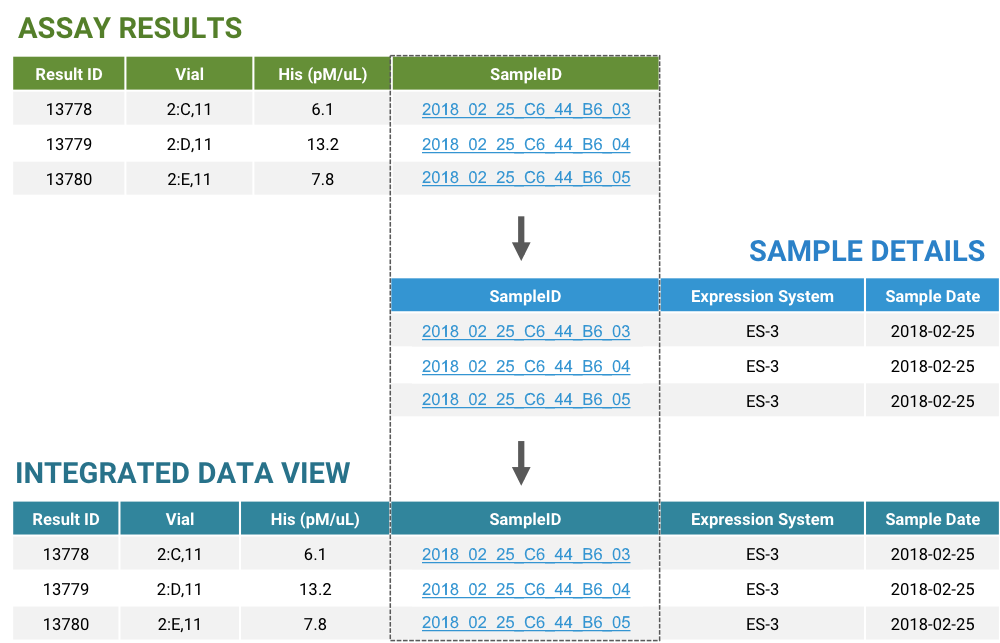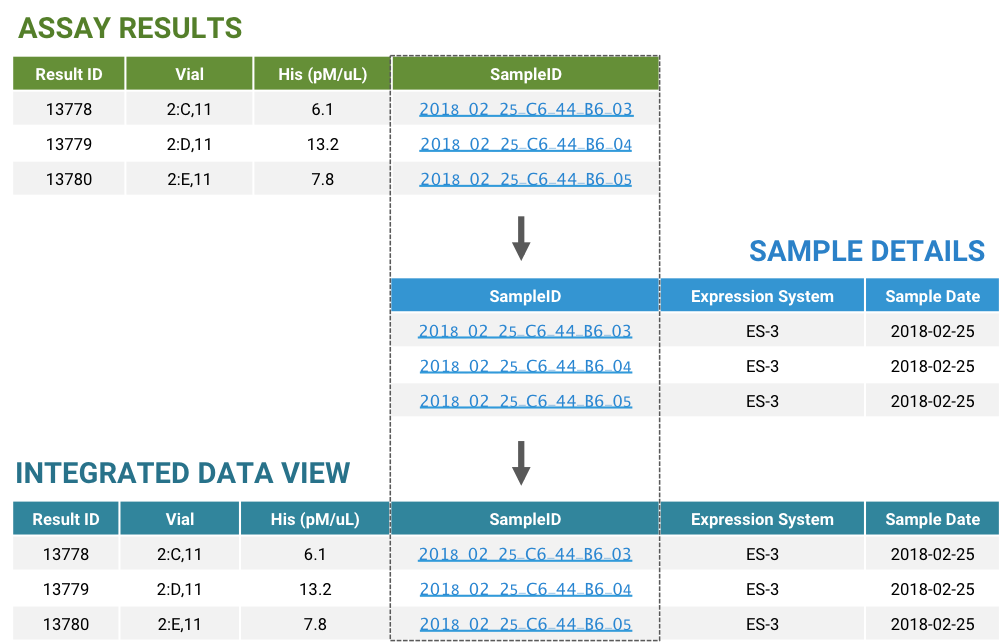Teams conducting protein-based therapeutic research use analytical data derived from molecular biology assays to assess the performance of protein targets. These often include simple measurements such as titer and amino acid measurements, as well as more complicated signal data assays like chromatography or differential scanning calorimetry. In order to effectively assess the performance of a protein, analytical scientists must be able to compare results across multiple assays.
Consistent structure of analytical data is essential for conducting this type of cross experiment analysis. LabKey Biologics provides essential tools to help protein engineering teams collect and centralize laboratory data with a structure that allows them to ask complex questions and a achieve deeper level of insight.
Configurable Assay Design Templates
Configurable assay design templates within LabKey Biologics provide a consistent structure for data being captured and ensure that each run of instrument data is stored in the same way. The use of a template for data capture prevents teams from accumulating data in independently designed spreadsheets when collected for each experiments and operator. Using an assay design template also allows you to indicate required fields, set data validation criteria, and normalize data as it is being brought into the central system.
Easy Mechanisms for Importing Data
LabKey Biologics provides several straightforward methods for loading data into these consistent structures. These include:
- Automated loading of data via LabKey Biologics API
- Manual uploading of files (.xls, .csv., .tsv)
- Copy/Paste or typing into a textbox or grid
Data uploaded via these methods will populate the assay data structures discussed above, creating a structured catalog of analytical data for easy cross experiment analysis.
Powerful Querying of Sample Lineage
Consistently structured and centrally organized analytical data enables basic analysis and comparison of experiment results, but the real value of LabKey Biologics lies in the connection that the application makes between this data and the lineage of associated samples. Within LabKey Biologics users can view the lineage details of each sample; which bioreactor run a sample is derived from, what media recipe was used, or what molecule is was expressed. By connecting these details about sample context and physical characteristics to structured data about it’s experimental performance, protein engineering teams can significantly reduced the amount of analytical effort required to ask challenging questions of their data.
Explore LabKey Biologics free for 30-days in our hosted trial environment, or contact us to request a demo.
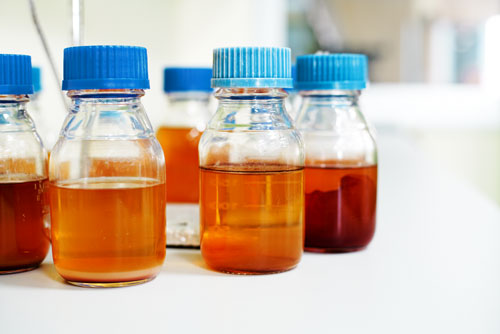
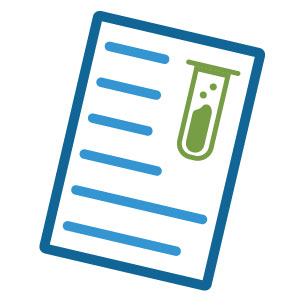
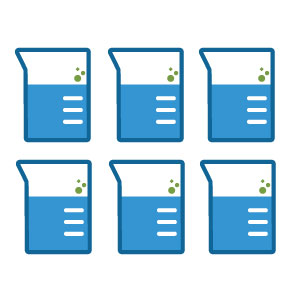 Consistent Batch Preparation
Consistent Batch Preparation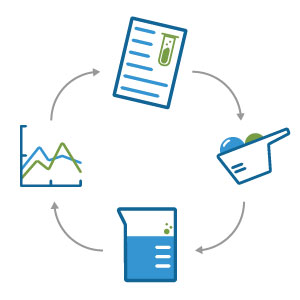 Following the Media Trail
Following the Media Trail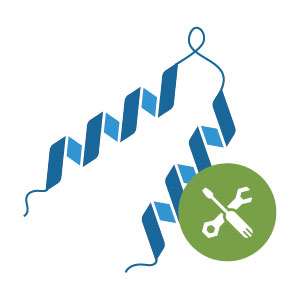
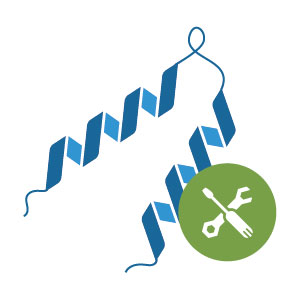 The focus of pharmaceutical and biotech research has seen a significant shift in recent years. Many research teams are no longer driving towards building small molecules, but are instead focused on designing new protein-based therapeutics. Protein engineers at these organizations are often responsible for the structural design of target molecules as well as the experimental protein production and characterization of their designs.
The focus of pharmaceutical and biotech research has seen a significant shift in recent years. Many research teams are no longer driving towards building small molecules, but are instead focused on designing new protein-based therapeutics. Protein engineers at these organizations are often responsible for the structural design of target molecules as well as the experimental protein production and characterization of their designs.